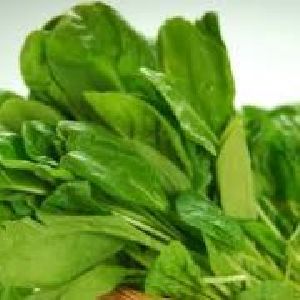
Spinach
Get Price Quote
Spinach is available all year round but is in season during the spring (March – June). It is well known for its nutritional qualities and has always been regarded as a plant with remarkable abilities to restore energy, increase vitality and improve the quality of the blood. There are sound reasons why spinach would produce such results, primarily the fact that it is rich in iron. Iron plays a central role in the function of red blood cells which help in transporting oxygen around the body, in energy production and DNA synthesis. Spinach is also an excellent source of vitamin K, vitamin A, vitamin C and folic acid as well as being a good source of manganese, magnesium, iron and vitamin B2. Vitamin K is important for maintaining bone health and it is difficult to find vegetables richer in vitamin K than spinach. Others include kale, broccoli and green cabbage. Dark leafy greens like spinach are important for skin and hair, bone health, and provide protein, iron, vitamins and minerals.It is an annual plant. Spinach may survive over winter in temperate regions. The leaves are alternate, simple, ovate to triangular, and very variable in size from about 2–30 cm (1–12 in) long and 1–15 cm (0.4–5.9 in) broad, with larger leaves at the base of the plant and small leaves higher on the flowering stem.